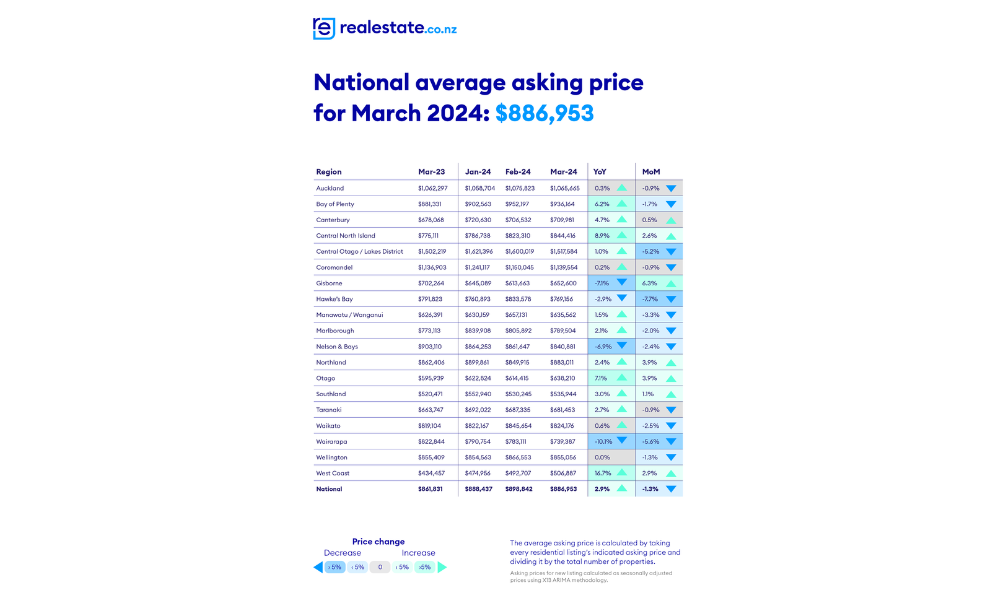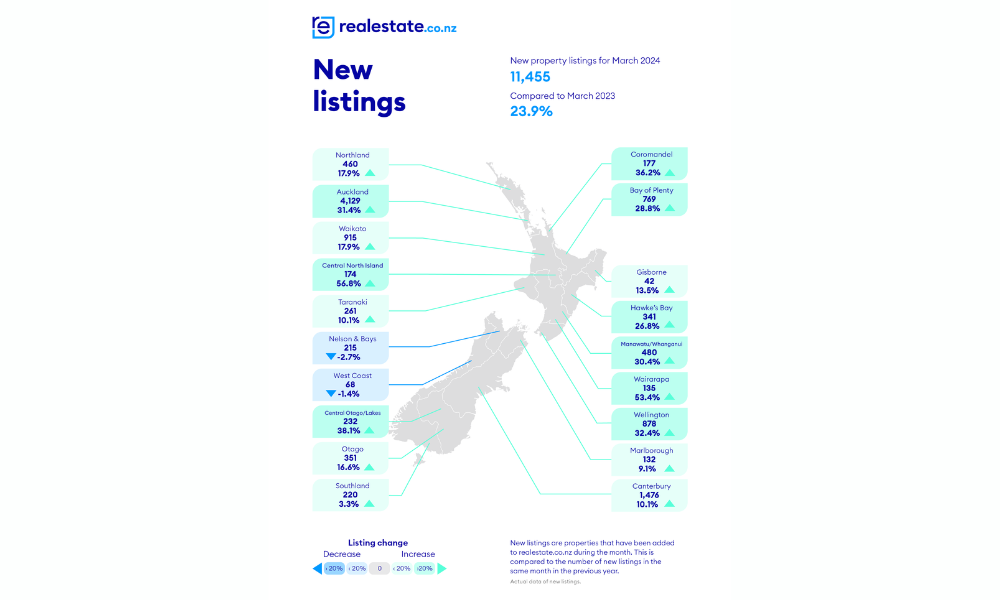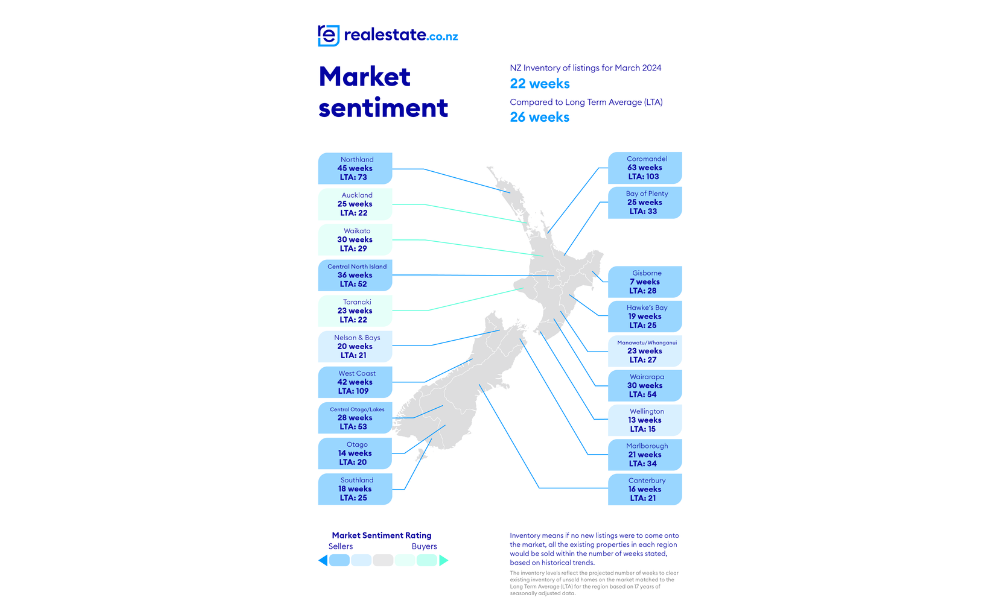This amid economic headwinds

The New Zealand property market has shown remarkable resilience despite economic challenges such as rising interest rates, inflation, and looming recessionary pressures, according to realestate.co.nz’s March 2024 Property Report.
A return to pre-pandemic market conditions
The market is witnessing a normalisation in listings and stock levels, echoing patterns last seen in 2015.
Sarah Wood (pictured above), CEO of realestate.co.nz, attributed the increase in supply to a normalisation following last year’s unusually low listings, noting that the uncertainty faced by Kiwis in March 2023 led many to postpone property transactions.
“We might have been beyond COVID-19 lockdowns and border closures, but inflation was at a level not seen since the 1990s, and everyone was watching the official cash rate for clues on interest rates,” Wood said.
“Although these financial challenges haven’t gone away, relative price stability and return to ‘normal’ listing volumes indicate good property market resilience.”
Stability in asking prices
Prices remained relatively stable in March, without any regions among the 19 monitored hitting new average asking price highs. The national average asking price has seen a modest increase of 2.9% over the last 12 months, maintaining overall stability.
“This seems to be a correction on the early 2022 peak when it neared $1 million,” Wood said.

In March, five of 19 regions in regional New Zealand saw year-on-year and month-on-month increases in average asking prices: Northland, Central North Island, West Coast, Otago, and Southland showed notable growth.
Central Otago/Lakes District’s average asking price adjusted to the $1.5m range after previously exceeding $1.6m, maintaining its status as the region with the highest asking price, a fluctuation Wood attributed to its luxury market. Conversely, the West Coast crossed the $500,000 threshold, a rare occurrence highlighting regional market variability.
Increased stock levels offering more choices
March saw stock levels rise significantly, with a notable 13.5% increase year-on-year – a level not seen since 2015.

Regional stock revival was led by Coromandel, Northland, and Central North Island with increases of 41.1%, 33.6%, and 20.7% respectively. In major centres, Auckland, Wellington, and Canterbury also saw stock rises of 17.7%, 3.5%, and 2.9% year-on-year.
“This increase in stock around the country means buyers have more to choose from than they have in almost nine years," Wood said.
Contrasting the overall upward trend, Gisborne saw a 26.1% decrease in stock, hitting a record low for March and continuing a decline from February.

Market dynamics: Favouring buyers and sellers
The shift towards display price over auctions could hint at more favourable conditions for buyers, while sellers still find ample opportunities.
“Auctions are a sign of strong seller confidence, so the reduction of auction listings combined with increased stock levels are early signals that buyers could have more leverage in negotiations,” Wood said. “There also remains ample opportunity for sellers.”

See LinkedIn post here.
Get the hottest and freshest mortgage news delivered right into your inbox. Subscribe now to our FREE daily newsletter.



